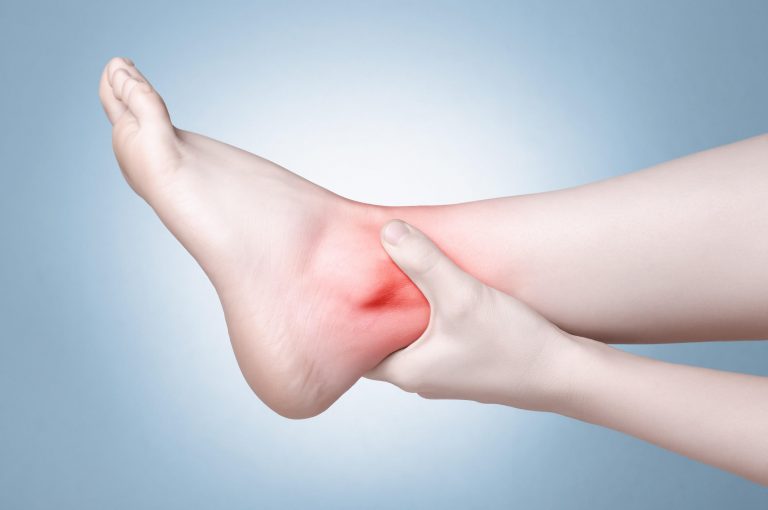Perforator veins serve as connections between the two networks of veins in the legs: the superficial venous system and the deep venous system. Perforator veins allow the blood near the skin (our superficial veins) to drain into our deep veins, which then leads the blood back to the heart.
All our leg veins, including perforator veins, have one-way valves designed to keep the blood flowing in one direction: toward the heart. When those valves no longer function properly and reflux occurs, the buildup of blood and pressure can cause perforator veins and associated superficial veins to become incompetent, or to backflow. Perforator veins in the lower leg and ankle are particularly vulnerable to distention and incompetence, which results in a variety of circulatory problems.


